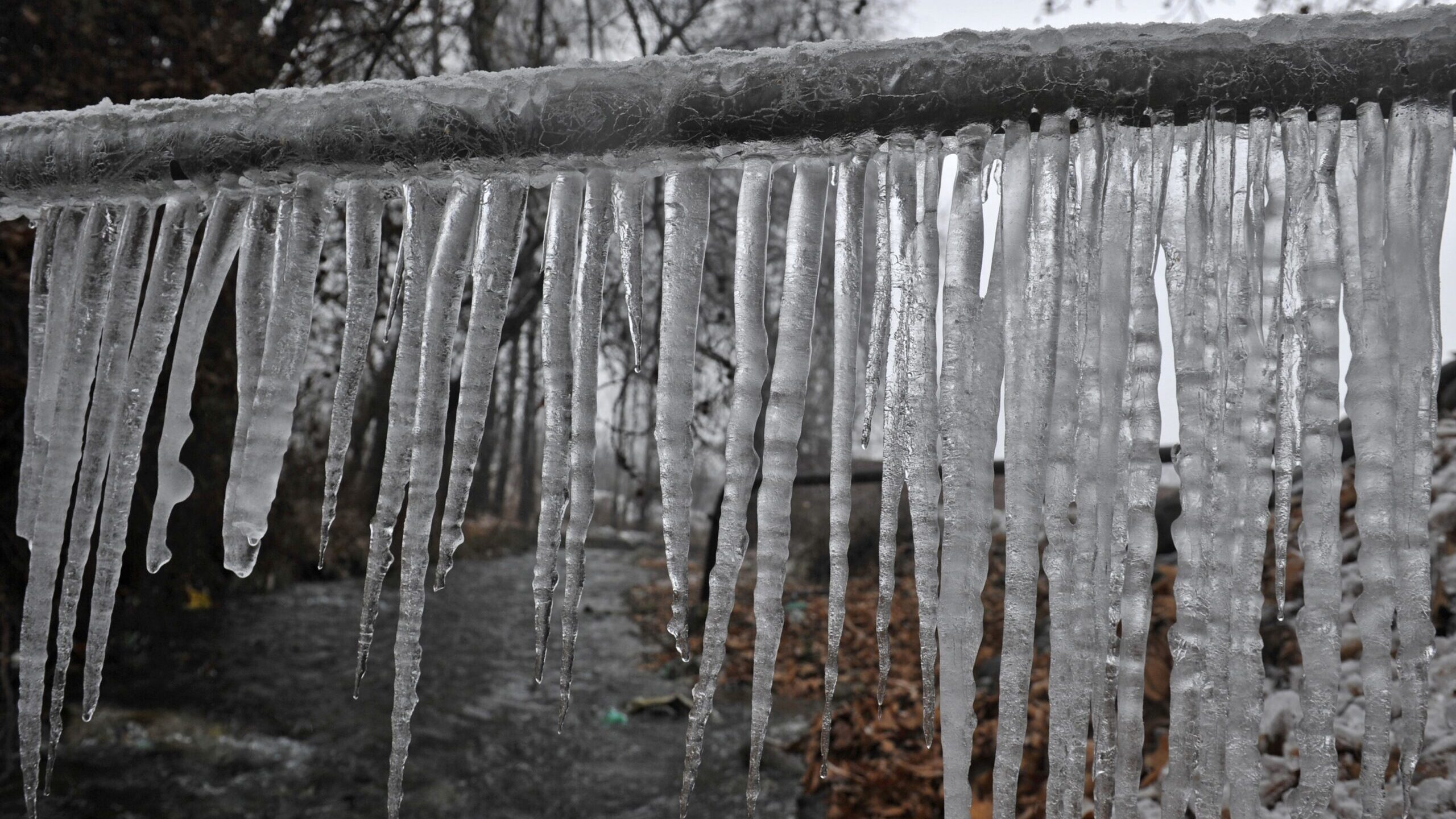Important Tips to Prevent Frozen Plumbing in Winter: Specialist Guidance
Important Tips to Prevent Frozen Plumbing in Winter: Specialist Guidance
Blog Article
They are making a number of great pointers on Preventing and dealing with frozen pipes overall in this post directly below.

Cold weather can damage your pipes, specifically by freezing pipelines. Right here's just how to avoid it from happening and what to do if it does.
Introduction
As temperatures decline, the danger of icy pipes increases, possibly causing expensive repair work and water damage. Comprehending exactly how to stop frozen pipes is crucial for home owners in cool environments.
Prevention Tips
Shielding vulnerable pipes
Cover pipelines in insulation sleeves or use heat tape to safeguard them from freezing temperatures. Concentrate on pipelines in unheated or external areas of the home.
Heating strategies
Maintain interior areas properly warmed, especially locations with pipes. Open cabinet doors to allow cozy air to distribute around pipes under sinks.
Exactly how to determine icy pipelines
Look for decreased water flow from taps, uncommon smells or sounds from pipes, and noticeable frost on exposed pipes.
Long-Term Solutions
Architectural adjustments
Think about rerouting pipelines away from exterior walls or unheated locations. Include added insulation to attics, basements, and crawl spaces.
Upgrading insulation
Purchase high-quality insulation for pipes, attics, and walls. Proper insulation helps maintain constant temperatures and decreases the risk of frozen pipelines.
Protecting Exterior Pipes
Yard hose pipes and outdoor taps
Separate and drain pipes yard pipes prior to wintertime. Install frost-proof spigots or cover outside faucets with protected caps.
Comprehending Frozen Pipelines
What triggers pipes to ice up?
Pipelines freeze when revealed to temperature levels below 32 ° F (0 ° C) for prolonged durations. As water inside the pipelines freezes, it increases, putting pressure on the pipeline walls and possibly causing them to break.
Dangers and problems
Icy pipes can cause supply of water disturbances, building damage, and expensive fixings. Ruptured pipelines can flooding homes and create extensive structural damage.
Signs of Frozen Pipeline
Identifying frozen pipes early can stop them from breaking.
What to Do If Your Pipelines Freeze
Immediate actions to take
If you think frozen pipelines, maintain faucets open to relieve stress as the ice melts. Use a hairdryer or towels taken in hot water to thaw pipelines gradually.
Conclusion
Protecting against icy pipes needs proactive actions and quick feedbacks. By comprehending the reasons, indicators, and preventive measures, property owners can safeguard their plumbing throughout cold weather.
5 Ways to Prevent Frozen Pipes
Drain Outdoor Faucets and Disconnect Hoses
First, close the shut-off valve that controls the flow of water in the pipe to your outdoor faucet. Then, head outside to disconnect and drain your hose and open the outdoor faucet to allow the water to completely drain out of the line. Turn off the faucet when done. Finally, head back to the shut-off valve and drain the remaining water inside the pipe into a bucket or container. Additionally, if you have a home irrigation system, you should consider hiring an expert to clear the system of water each year.
Insulate Pipes
One of the best and most cost-effective methods for preventing frozen water pipes is to wrap your pipes with insulation. This is especially important for areas in your home that aren’t exposed to heat, such as an attic. We suggest using foam sleeves, which can typically be found at your local hardware store.
Keep Heat Running at 65
Your pipes are located inside your walls, and the temperature there is much colder than the rest of the house. To prevent your pipes from freezing, The Insurance Information Institute suggests that you keep your home heated to at least 65 degrees, even when traveling. You may want to invest in smart devices that can keep an eye on the temperature in your home while you’re away.
Leave Water Dripping
Moving water — even a small trickle — can prevent ice from forming inside your pipes. When freezing temps are imminent, start a drip of water from all faucets that serve exposed pipes. Leaving a few faucets running will also help relieve pressure inside the pipes and help prevent a rupture if the water inside freezes.
Open Cupboard Doors
Warm your kitchen and bathroom pipes by opening cupboards and vanities. You should also leave your interior doors ajar to help warm air circulate evenly throughout your home.

I hope you enjoyed our excerpt on How to Prevent Your Pipes From Freezing. Thanks so much for spending some time to read through our short article. Don't hesitate to take a moment to share this page if you appreciated it. Thanks a lot for going through it.
Schedule Now! Report this page